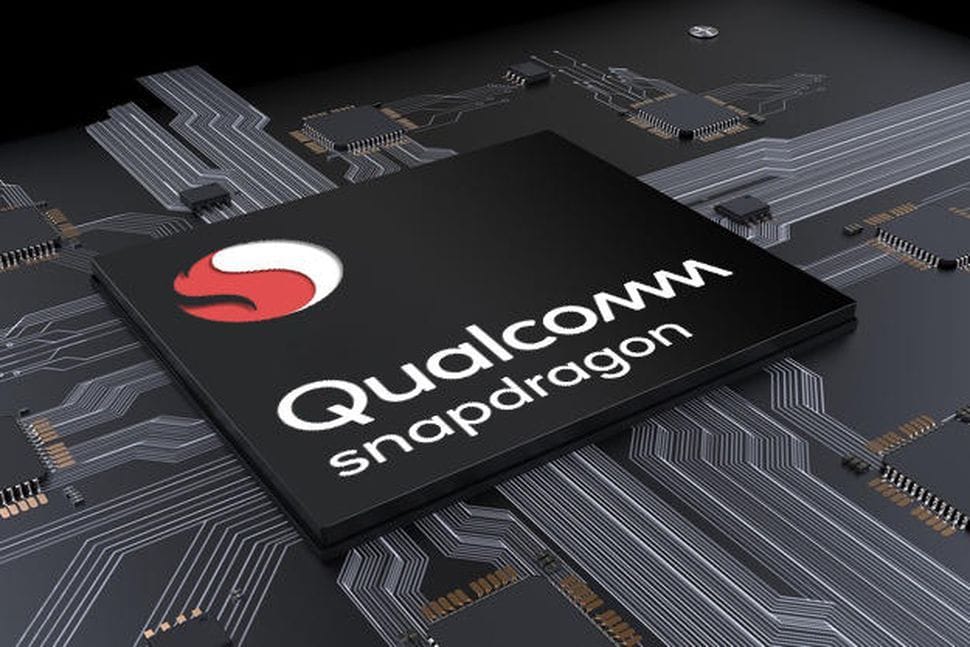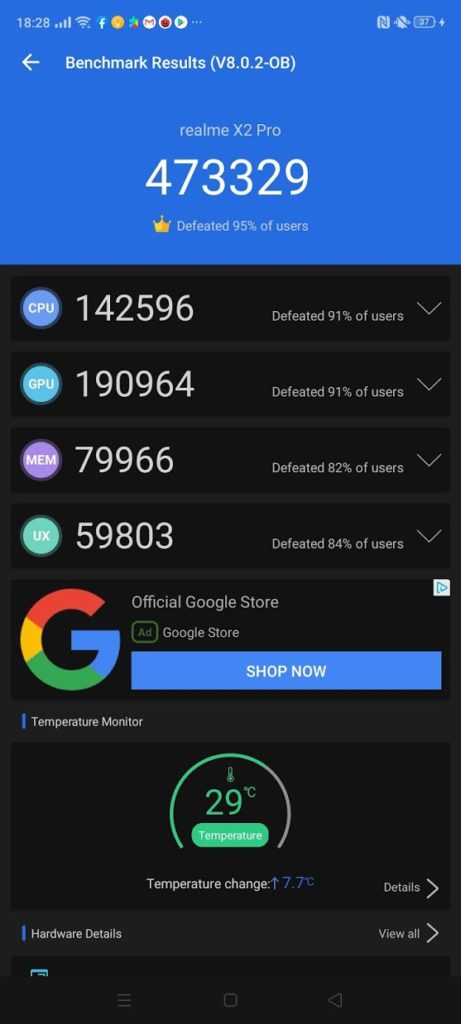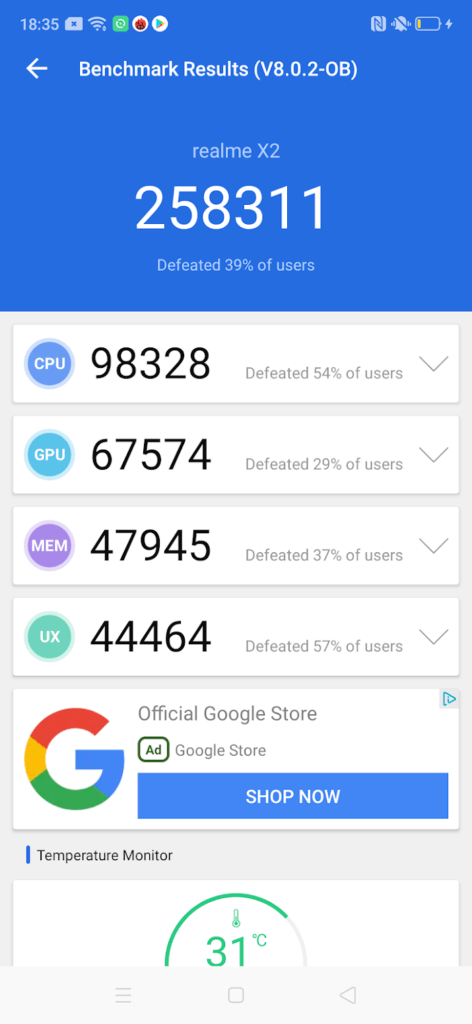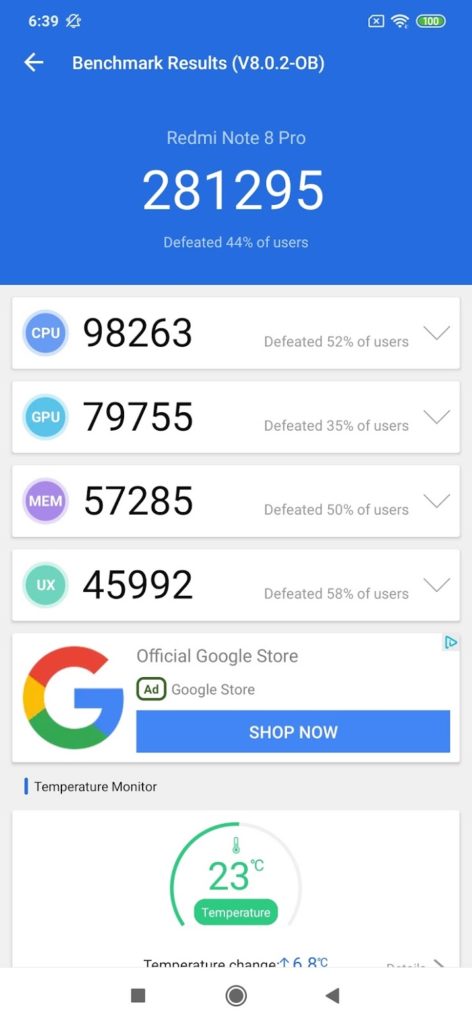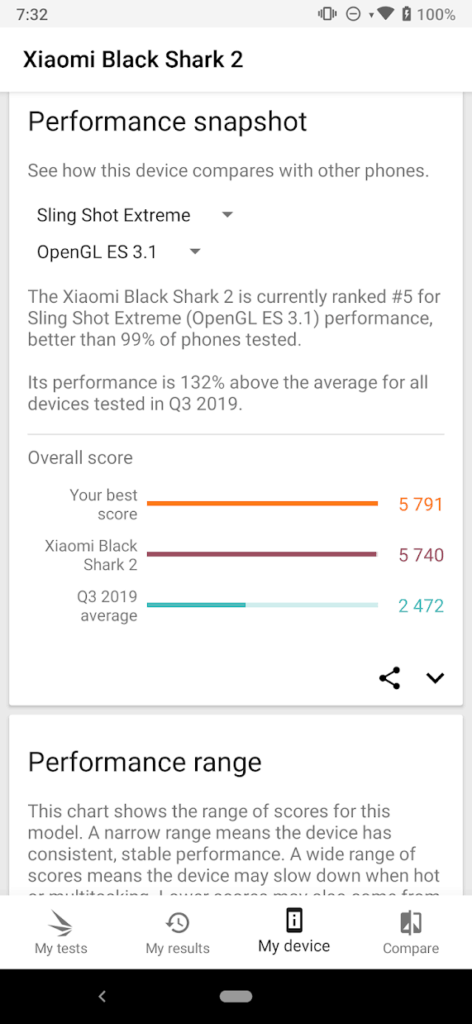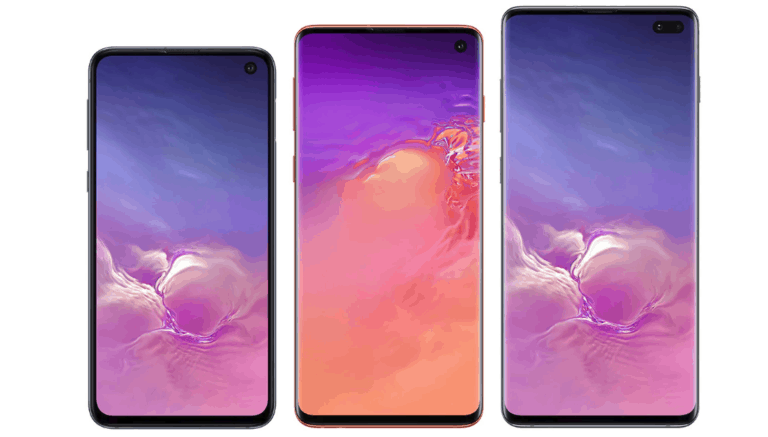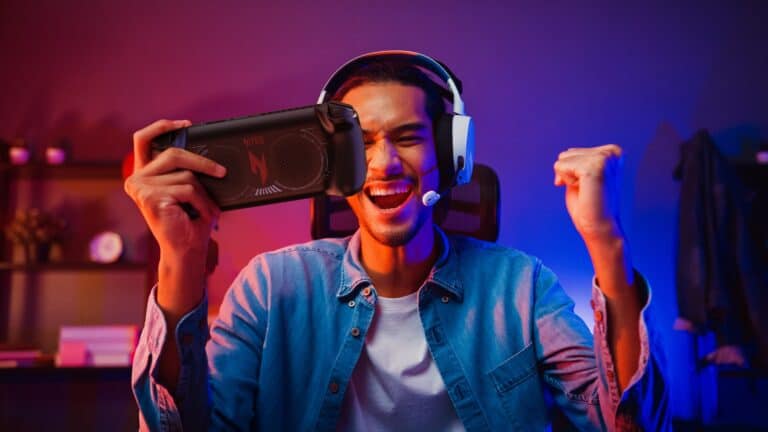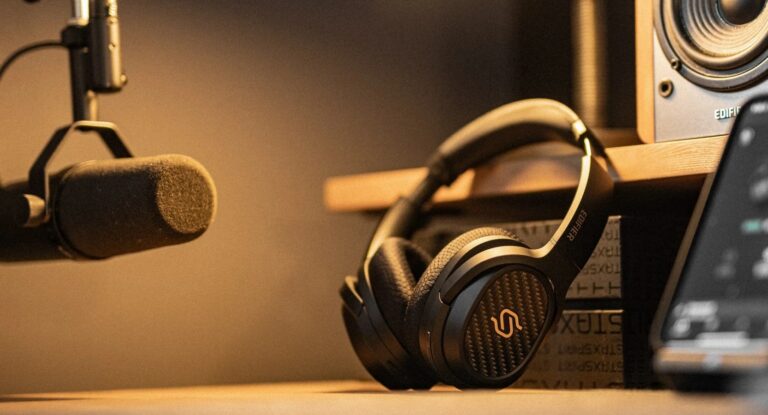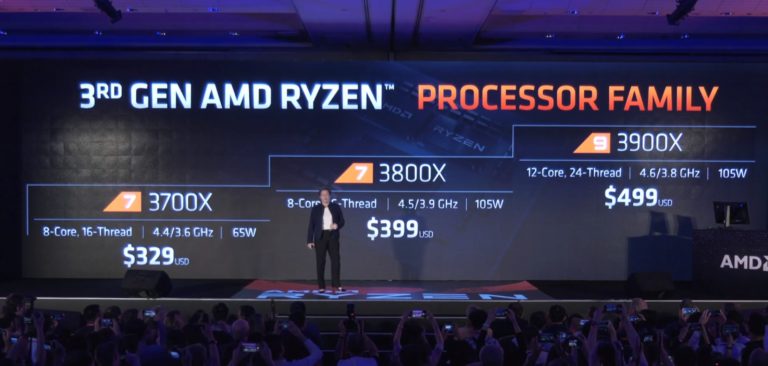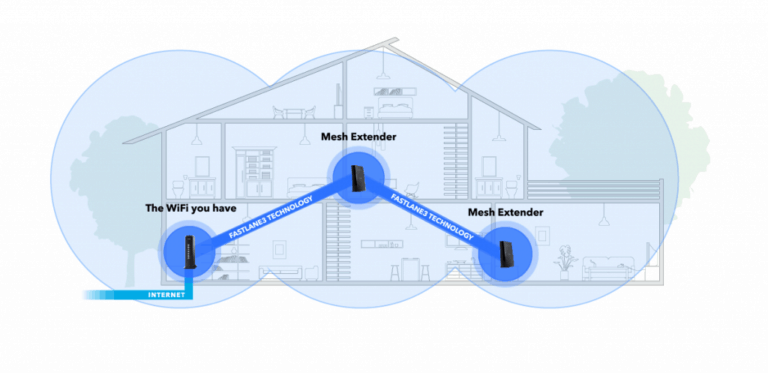Any links to online stores should be assumed to be affiliates. The company or PR agency provides all or most review samples. They have no control over my content, and I provide my honest opinion.
With October having so many phone releases, all of which will be using Qualcomm chipsets, I thought it would be a good idea to see how each one compares.
Google launched the Pixel 4 on October 15th which will use the Snapdragon 855, on the same day we have Realme X2 Pro which will feature the Snapdragon 855 Plus. Then the following day there is the OPPO Reno2 launch which has the Snapdragon 730G.
They will all be great phones, the Pixel will no doubt be classed as one of the best phones of the year, the Realme looks set to be the best spec for the money you can get this year, and the Reno2 has that beautiful design with the sharkfin pop-up and notch-less display.
Pricing will be an interesting point, the Realme is likely to be the best spec of all the phones, but it is guaranteed to be cheaper than the Pixel 4, and there is even a chance it might be cheaper than the Reno2.
But how do the chipsets compare? For this comparison, I will mainly focus on CPU and GPU as things like connectivity and ISP comparisons are less easy or important.
CPU
The original Snapdragon 855 comes with a tri-cluster octa-core CPU. It uses one powerful Kryo 485 Gold core clocked @2.84GHz, 3x Kryo 485 Gold cores @2.42 GHz and another 4x Kryo 485 Silver cores @1.78GHz. Its forerunner Snapdragon 845 has a dual-cluster octa-core CPU. It arrives with four powerful Kryo 385 Gold cores @2.8GHz, and the rest 4x Kryo 385 silver cores are pointed @1.7GHz.
The Snapdragon 855 Plus which launched in July modifies the Gold core to run at 2.96 GHz.
Both Snapdragon 730 and 730G use the same CPU cores. These have two powerful Kryo 470 cores clocked @2.2GHz and 6x power efficient Kryo 470 Silver cores @1.8GHz. Considering the architecture, Snapdragon 855 is built-on 7nm node, while, the Snapdragon 845 has a 2nd generation 10nm process. On the other hand, Snapdragon 730 dua fetches Samsung’s LPP 8nm node.
GPU
Snapdragon 855 pairs with Adreno 640 GPU, which is the company’s best until date and runs at 600MHz while the Snapdragon 855 Plus increases things to 700MHz
However, both Snapdragon 730 and 730G same Adreno 618. But there is a difference because Snapdragon 730G has overclocked @825MHz compared to 700GHz found on the standard 730. The company promises to deliver 15% better Graphics performance in comparison to SDM730.
Geekbench Scores
The Snapdragon 855 scores 3,448 points in single-core and 10,802 points in multi-core.
The small clock bump to the Gold core allows the Snapdragon 855 Plus to increase the scores to 3611 and 11326.
On the other hand, both Snapdragon 730 and 730G produce similar results due to the identical CPU. The Snapdragon 730 managed to score 2,553 points in single and 6,950 points in multi-core, whereas, 730 brings 2,552 points in single-core and 7,049 points in multi-core.
Geekbench 5 test results from recent reviews
Using the latest Geekbench I have tested several recent phones that have been reviewed on the site. One interesting result is the Snapdragon 730G in the Realme X2 outperforming the Snapdragon 855, this shouldn’t really be the case, but I have redone the tests and the results are the same.
| Chipset | Single-Core | Multi-Core | |
|---|---|---|---|
| Realme X2 Pro | Snapdragon 855+ | 622 | 2660 |
| Black Shark | Snapdragon 855 | 535 | 2059 |
| Realme X2 | Snapdragon 730G | 546 | 1729 |
| Xiaomi Redmi Note 8 Pro | Mediatek Helio G90T | 504 | 1641 |
| Realme 5 Pro | Snapdragon 712 | 321 | 1481 |
| Honor 9X | Kirin 710F | 326 | 1346 |
| Realme 5 | Snapdragon 665 | 316 | 1363 |
Antuntu Scores
With Antutu the new 700Hz frequency of the SD855+ allows it to push the score to 396813 whereas the older model achieved a score of 372534 which represents a 6.5% improvement overall.
With the SD730G it has a lead of the normal SD730 with a score of 222538 vs 213113 which is a 4.5% difference.
The difference between the SD730G and the normal SD855 is a 67% jump.
Antuntu v8 test results from recent reviews
The results below are from recent review carried out by myself. The Black Shark 2 is currently having issues loading Antuntu so I have only used its total score, but it gives you a good idea of how each chipset performs.
| Chipset | Total | CPU | GPU | MEM | UX | |
|---|---|---|---|---|---|---|
| OnePlus 7T | Snapdragon 855+ | 487050 | 144155 | 199255 | 70043 | 73597 |
| Realme X2 Pro | Snapdragon 855+ | 473329 | 142596 | 190964 | 799966 | 59803 |
| Black Shark | Snapdragon 855 | 442971 | ||||
| Xiaomi Mi Mix 3 5G | Snapdragon 855 | 429859 | 144036 | 172351 | 56044 | 57428 |
| Xiaomi Redmi K30 5G (Leaked score) | Snapdragon 765G | 302847 | 98651 | 87564 | 57985 | 58647 |
| Xiaomi Redmi Note 8 Pro | Mediatek Helio G90T | 281295 | 98263 | 79755 | 57285 | 45992 |
| Realme X2 | Snapdragon 730G | 258311 | 98328 | 67574 | 47945 | 44464 |
| Realme 5 Pro | Snapdragon 712 | 216501 | 73459 | 61872 | 42013 | 39157 |
| Honor 9X | Kirin 710F | 172710 | 64742 | 21250 | 50747 | 35971 |
| Realme 5 | Snapdragon 665 | 167866 | 71157 | 33489 | 36568 | 26652 |
3DMark Results
I have also carried out the default 3D mark test for all my sample phones. The Black Shark 2 manages to outperform the Realme X2 Pro even though the X2 Pro has a better chipset. There are two possible reasons for this, the superior cooling inside the Black Shark allows it to maintain its performance. Or it is detecting benchmarks and boosting the performance.
| Chipset | Sling Shot Extreme OpenGL | Sling Shot Extreme Vulcan | |
|---|---|---|---|
| OnePlus 7T | Snapdragon 855+ | 6278 | 5504 |
| Realme X2 Pro | Snapdragon 855+ | 5761 | 4921 |
| Black Shark | Snapdragon 855 | 5791 | 5030 |
| Realme X2 | Snapdragon 730G | 2405 | 2270 |
| Realme 5 Pro | Snapdragon 712 | 2091 | 1979 |
| Xiaomi Redmi Note 8 Pro | Mediatek Helio G90T | 2377 | 2454 |
Qualcomm Snapdragon 855 Plus vs 855 vs Snapdragon 730 vs 730G
| Snapdragon 855 Plus | Snapdragon 855 | Snapdragon 730G | Snapdragon 730 | |
|---|---|---|---|---|
| Announced | July, 5 2019 | December 4, 2018 | April 9, 2019 | April 9, 2019 |
| CPU | Tri-cluster octa-core (1x Kryo 485 @2.96 GHz | Tri-cluster, octa-core (1x Kryo 485 Gold @2.84 GHz | Dual-Cluster, octa-core (2x Kryo 470 Gold @2.2 GHz | Dual-Cluster, octa-core (2x Kryo 470 Gold @2.2 GHz |
| 3x Kryo 485 Gold @2.42 GHz | 3x Kryo 485 Gold @2.42 GHz | 6x Kryo 470 Silver @1.8 GHz) | 6x Kryo 470 Silver @1.8 GHz) | |
| 4x Kryo 485 (Cortex-A55) @1.78 GHz) | 4x Kryo 485 Silver@1.78 GHz) | |||
| GPU | Adreno 640, 700MHz | Adreno 640 @600MHz | Adreno 618 @825 | Adreno 618 @700 MHz |
| RAM | 12GB LPDDR4X | 12GB LPDDR4X | 8GB LPDDR4X | 8GB LPDDR4X |
| Storage | UFS 3.0 / eMMC 5.1 | UFS 3.0 / eMMC 5.1 | UFS 2.1 / eMMC 5.1 | UFS 2.1 / eMMC 5.1 |
| Display | 3360x2160 pixels 4K UHD | 3360x2160 pixels 4K UHD | 2520x1080 Full HD+ | 2520x1080 Full HD+ |
| HDR10+ | HDR10+ | HDR10 | HDR10 | |
| Process | 7nm | 7nm | 8nm | 8nm |
| AI | Hexagon 690 DSP | Hexagon 690 DSP | Hexagon 688 DSP | Hexagon 688 DSP |
| Camera Support | Single 48MP (up to 192MP) | Single 48MP (up to 192MP) | Single 36MP (up to 192MP) | Single 36MP (up to 192MP) |
| Dual 22MP + 22MP | Dual 22MP + 22MP | Dual 22MP + 22MP | Dual 22MP + 22MP | |
| Spectra 380 ISP | Spectra 380 ISP | Spectra 350 IPS | Spectra 350 ISP | |
| Modem | Snapdragon X50 5G | Snapdragon X50 5G | Snapdragon X15 | Snapdragon X15 |
| Video | 4320p 8K @15fps, 2160p 4K @150fps, 1080p @60fps, 720p @480fps slo-mo | 4320p 8K @15fps, 2160p 4K @150fps, 1080p @60fps, 720p @480fps slo-mo | 2160p 4K @30fps, 1080p @120fps slo-mo, 720p @240fps, slo-mo | 2160p 4K @30fps, 1080p @120fps slo-mo, 720p @240fps, slo-mo |
| Charging | Quick Charge 4+ | Quick Charge 4+ | Quick Charge 4+ | Quick Charge 4+ |
| Others | Bluetooth 5.0, Dual 4G VoLTE, USB 3.1 support, 802.11a/b/g | Bluetooth 5.0, Dual 4G VoLTE, USB 3.1 support, 802.11a/b/g | Bluetooth 5.0, Dual 4G VoLTE, USB 3.1 support, 802.11a/b/g | Bluetooth 5.0, Dual 4G VoLTE, USB 3.1 support, 802.11a/b/g |
| GeekBench Scores | Single Core: 3611 | Single Core: 3,448 | Single-Core: 2552 | Single Core: 2553 |
| Multi Core:11326 | Multi Core: 10,802 | Multi-Core: 7049 | Multi Core: 6950 | |
| Antutu Scores | 396813 | 372534 | 259109 | 207082 |
I am James, a UK-based tech enthusiast and the Editor and Owner of Mighty Gadget, which I’ve proudly run since 2007. Passionate about all things technology, my expertise spans from computers and networking to mobile, wearables, and smart home devices.
As a fitness fanatic who loves running and cycling, I also have a keen interest in fitness-related technology, and I take every opportunity to cover this niche on my blog. My diverse interests allow me to bring a unique perspective to tech blogging, merging lifestyle, fitness, and the latest tech trends.
In my academic pursuits, I earned a BSc in Information Systems Design from UCLAN, before advancing my learning with a Master’s Degree in Computing. This advanced study also included Cisco CCNA accreditation, further demonstrating my commitment to understanding and staying ahead of the technology curve.
I’m proud to share that Vuelio has consistently ranked Mighty Gadget as one of the top technology blogs in the UK. With my dedication to technology and drive to share my insights, I aim to continue providing my readers with engaging and informative content.

